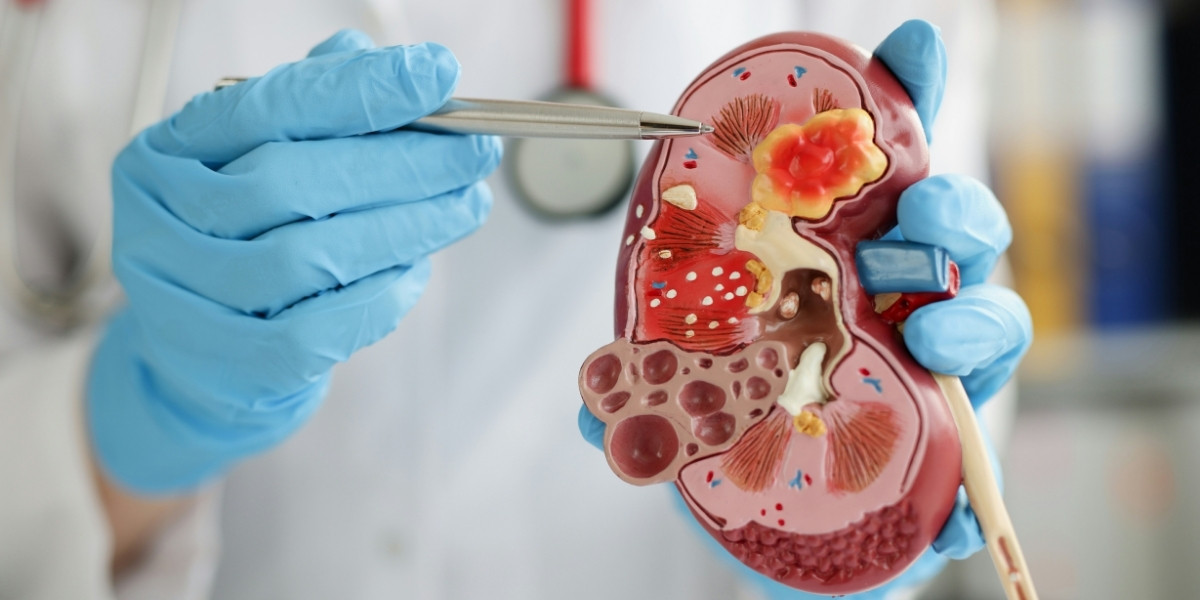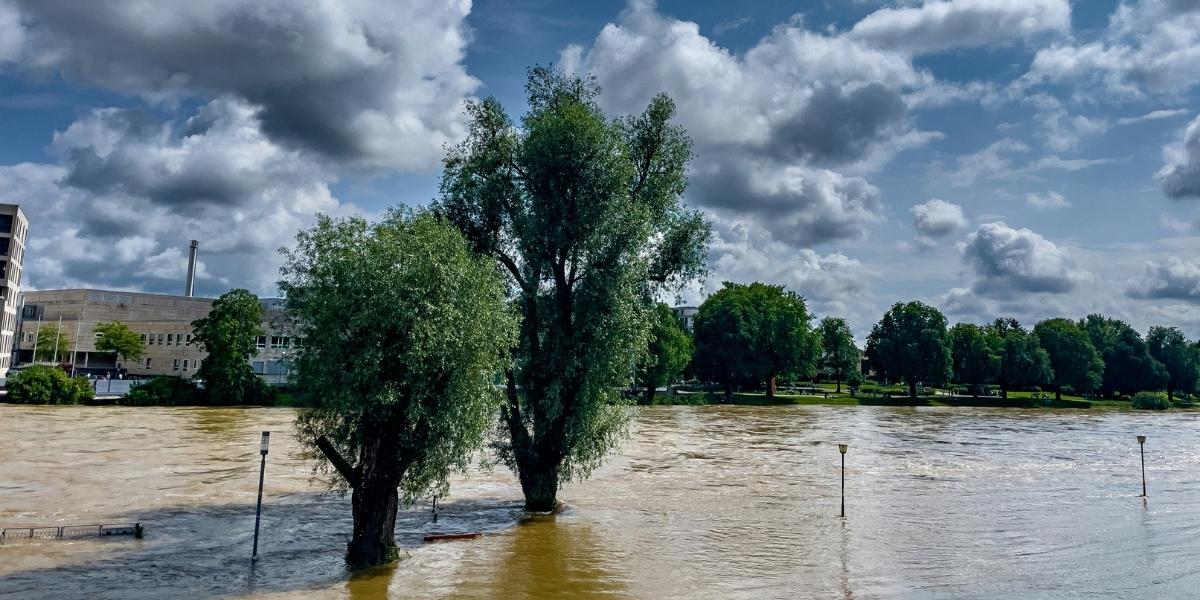The human body is an intricate system, usually adept at maintaining delicate balances. However, sometimes, various substances within the body can aggregate and solidify, forming what are commonly known as “body stones.” These mineral or organic concretions can develop in different parts of the body, leading to a range of symptoms from mild discomfort to severe pain and complications. While distinct in their locations and precise compositions, kidney, gallbladder, and tonsil stones share a common underlying principle: the accumulation and crystallization of materials that are typically dissolved or flushed away.
Read Also: How to Challenge Yourself for Greater Fitness Success
Understanding the mechanisms behind the formation of these various stones is crucial, not only for recognizing their presence but also for implementing preventative measures and seeking appropriate medical advice. From the complex metabolic processes in the kidneys to the simple trapping of debris in the tonsils, each type of concretion tells a story of an imbalance or disruption in normal bodily functions. This article will delve into how and why these different body stones form, providing insights into their unique characteristics and the commonalities in their genesis.
What Are Kidney Stones and How Do They Form?
Kidney stones, medically known as renal calculi or nephrolithiasis, are solid masses that form in the kidneys from substances in the urine. They are among the most common urinary tract disorders, affecting millions worldwide. Most kidney stones are made of calcium oxalate, but other types include uric acid stones, struvite stones, and cystine stones, each forming under specific conditions. Their formation typically begins when the urine becomes overly concentrated with crystal-forming substances, or when there aren’t enough substances in the urine to prevent crystals from sticking together.

Photo Credit: Unsplash.com
The process of kidney stone formation, or crystallization, involves several factors. Dehydration is a significant contributor, as insufficient fluid intake leads to highly concentrated urine where minerals are more likely to clump together. Dietary factors also play a role; for instance, diets high in sodium, animal protein, or oxalate-rich foods (like spinach, rhubarb, or nuts) can increase the risk of certain types of stones. Metabolic conditions, such as hyperparathyroidism which leads to excess calcium in the blood, or genetic predispositions like cystinuria (a rare disorder causing excessive cystine in urine), can also create an environment conducive to the formation of these troublesome concretions.
Understanding Gallbladder Stones (Gallstones) and Their Genesis
Gallbladder stones, or gallstones (cholelithiasis), are hardened deposits of digestive fluid that can form in your gallbladder, a small, pear-shaped organ located just under your liver. The gallbladder stores and concentrates bile, a digestive fluid produced by the liver. Gallstones can vary greatly in size, from as small as a grain of sand to as large as a golf ball, and their formation is often linked to imbalances in bile composition. The two main types are cholesterol stones (the most common) and pigment stones.
Cholesterol stones typically form when there’s too much cholesterol in the bile, not enough bile salts to dissolve it, or when the gallbladder doesn’t empty properly. If the liver excretes more cholesterol than the bile can dissolve, the excess cholesterol can crystalize and form stones. Pigment stones, on the other hand, are made of bilirubin, a waste product formed when red blood cells break down. These stones are more common in people with certain medical conditions, such as cirrhosis of the liver or specific blood disorders. Factors like rapid weight loss, obesity, certain medications, and genetic predisposition can also contribute to the stagnation of bile or changes in its composition, thus promoting the formation of these stones.
How Do Tonsil Stones (Tonsilloliths) Develop in the Throat?
Tonsil stones, or tonsilloliths, are small, often white or yellowish, calcified masses that form in the crevices of the tonsils. Unlike kidney or gallbladder stones, which are primarily formed from metabolic imbalances, tonsil stones develop from trapped debris. The tonsils are part of the immune system and have small pockets or crypts on their surface. These crypts can collect food particles, dead cells, mucus, and bacteria.
Over time, this trapped material can become concentrated and harden as calcium and other minerals accumulate around it, leading to the formation of tonsil stones. Individuals with larger tonsils or those who frequently experience tonsillitis, which can create deeper crypts, may be more susceptible to developing these stones. While often harmless, they can cause symptoms like bad breath, sore throat, difficulty swallowing, or a persistent feeling of something stuck in the throat. Good oral hygiene, including regular brushing and gargling, can help minimize the accumulation of debris that contributes to their formation.
Common Factors and Risk Factors Across Different Body Stones
While kidney, gallbladder, and tonsil stones form in distinct anatomical locations with specific compositions, there are common overarching factors and risk factors that can predispose individuals to their development. Dehydration stands out as a universal risk; insufficient fluid intake can lead to concentrated bodily fluids, increasing the likelihood of mineral or organic matter precipitating and forming solid stones. This applies to urine concentration for kidney stones, and potentially to general oral hygiene for tonsil stones if saliva flow is also impacted.

Photo Credit: Unsplash.com
Dietary habits also play a significant role. High-sodium diets can contribute to kidney stones, while high-fat diets are linked to gallstones. Chronic inflammation, whether localized (like recurrent tonsillitis for tonsil stones) or systemic, can create environments where cellular debris or mineral imbalances are more prone to accumulating. Furthermore, genetic predispositions are notable across all types of stones, suggesting that family history can increase an individual’s susceptibility. Obesity, certain medications, and underlying metabolic disorders also feature prominently as risk factors, highlighting the interconnectedness of bodily systems in the formation of these concretions.
Implications and Management of Body Stones
The presence of body stones can lead to a range of implications, from asymptomatic existence to severe pain and potential complications, necessitating different management approaches depending on their type, size, and location. Kidney stones can cause intense pain (renal colic) as they move through the urinary tract, potentially leading to blockages, infection, or kidney damage. Management may involve pain relief, increased fluid intake to encourage natural passage, or medical procedures like lithotripsy (shock wave therapy) or surgery for larger stones.
Read Also: How to Prevent and Control Chronic Health Conditions
Gallstones may cause sudden, intense pain in the upper right abdomen (biliary colic), often triggered by fatty meals, and can lead to inflammation of the gallbladder (cholecystitis) or blockages in bile ducts. Asymptomatic gallstones may not require treatment, but symptomatic ones often necessitate dietary changes or surgical removal of the gallbladder (cholecystectomy). Tonsil stones, while generally less medically serious, can cause bad breath, discomfort, or a feeling of a foreign object in the throat. They are often managed with good oral hygiene, salt water gargles, or manual removal, with tonsillectomy being a consideration for recurrent or problematic cases. It is crucial for anyone experiencing symptoms associated with these stones to consult a healthcare professional for accurate diagnosis and personalized treatment.







